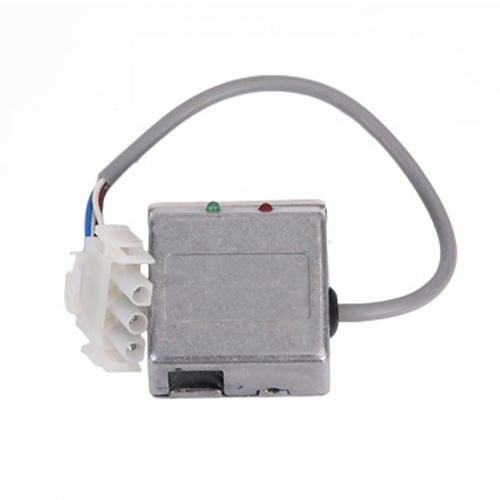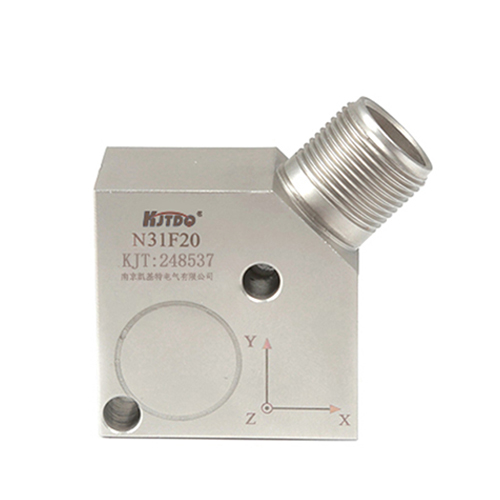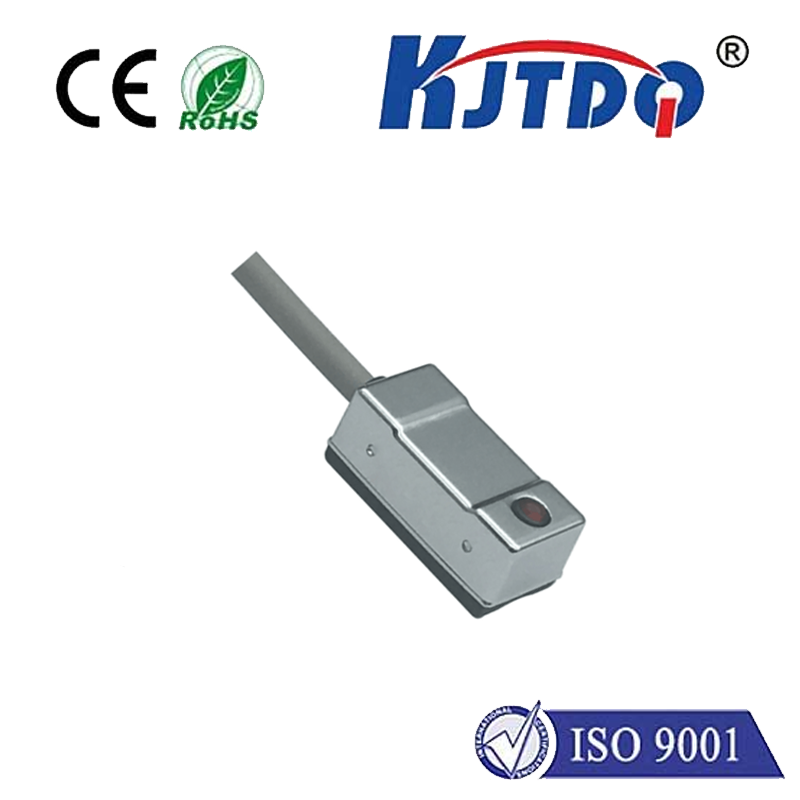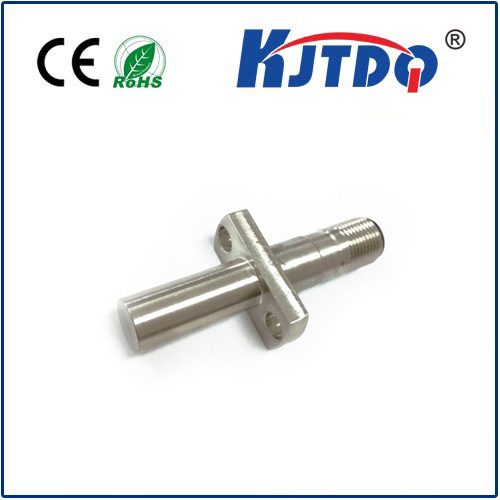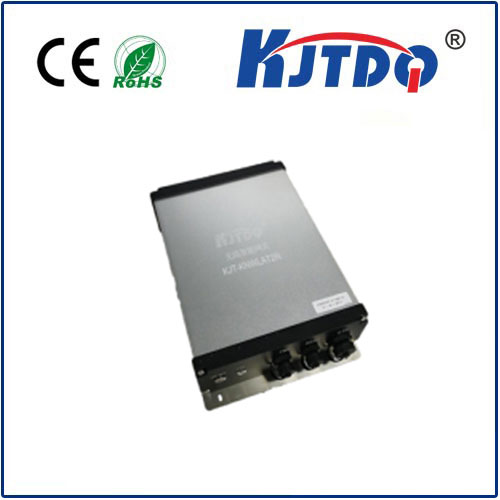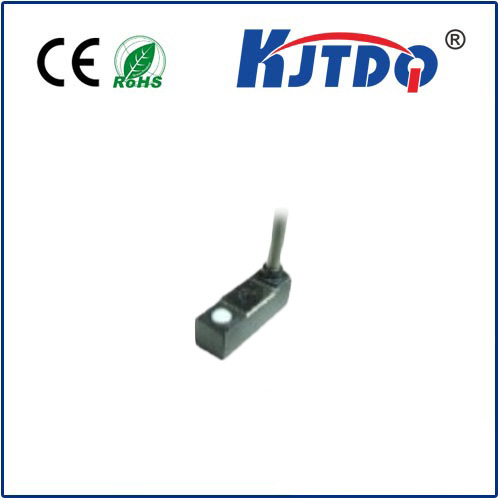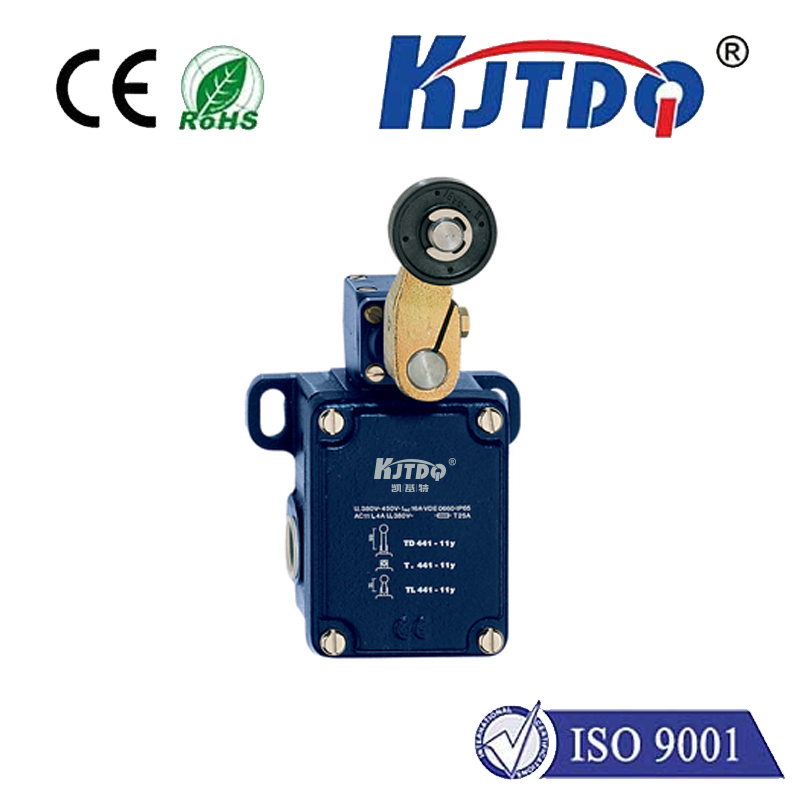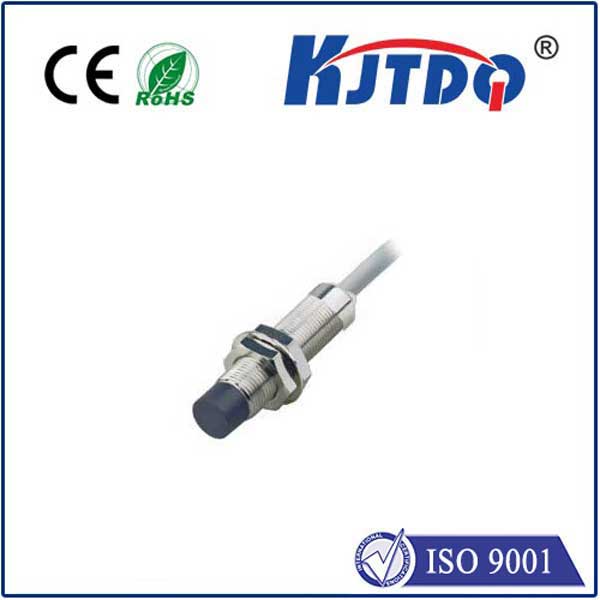ultra low power proximity sensor
- time:2025-06-25 01:42:40
- Click:0
The Future is Here: Ultra-Low Power Proximity Sensors Redefining Efficiency
Picture this: your smartphone screen flickers awake effortlessly as you lift it towards your face, or your smartwatch instantly displays notifications when you glance at it, only to dim seamlessly when you look away. These subtle, intuitive interactions are powered by a critical yet often invisible technology: the proximity sensor. But as our world becomes increasingly populated by battery-dependent devices – from wearables and hearables to smart home gadgets and industrial IoT sensors – the demand for ultra-low power proximity sensors has surged from a niche requirement to a fundamental necessity. These tiny sentinels are undergoing a quiet revolution, enabling unprecedented levels of energy efficiency without compromising performance.
For years, conventional proximity sensors posed a significant drain on device battery life. Constantly active or frequently polling for presence, they contributed to the frustrating experience of devices needing daily, or even more frequent, charging. This limitation stifled innovation, particularly for applications requiring years of operation on tiny batteries or even energy harvesting. Enter the era of the ultra-low power proximity sensor. This isn’t just an incremental improvement; it’s a paradigm shift in how devices perceive their environment while sipping minuscule amounts of power.
Understanding the Core Challenge: Power Consumption
The primary hurdle for truly low-power operation lies in the sensor’s active state. Traditional infrared (IR) proximity sensors often require continuously driving an IR LED emitter and monitoring the reflected light intensity using a photodiode receiver. Emitting IR light is inherently power-hungry. Optimizing this process is where the magic happens:

- Intelligent Duty Cycling: Instead of constant operation, ultra-low power sensors employ sophisticated algorithms that drastically reduce active time. They might wake up the sensing circuit only at very low duty cycles (e.g., once every few seconds or even minutes), check for significant changes in proximity, and immediately return to a deep sleep mode if no object is detected. Average current consumption plummets from milliamps (mA) to microamps (µA) or even nanoamps (nA).
- Advanced Sensing Architectures: Modern designs leverage techniques like Time-of-Flight (ToF) or highly optimized pulsed IR methods. ToF sensors measure the flight time of a light pulse to an object and back, allowing for more precise distance measurement while potentially enabling shorter, more efficient emission bursts compared to continuous IR emission. Precision optics and signal processing also enhance sensitivity, allowing reliable detection with much lower emitted light intensity, directly translating to lower power consumption.
- Integration is Key: Combining the sensor element, analog front-end, digital processing logic, and intelligent control circuitry into a single, optimized package (e.g., using MEMS technology) minimizes parasitic losses and enables highly efficient power management schemes controlled by embedded microcontrollers or dedicated logic within the sensor itself. This system-on-chip (SoC) approach is crucial for minimizing the overall power budget.
Where Ultra-Low Power Proximity Makes the Difference
The impact of these advancements extends far beyond convenience; it unlocks entirely new frontiers:
- Wearables & Hearables: Smartwatches, fitness trackers, and true wireless earbuds rely heavily on proximity sensing for features like display wake/sleep and ear detection. Ultra-low power sensors are mandatory here, enabling weeks of use on a single charge and enhancing the user experience with seamless interaction. Imagine earphones that instantly pause music when removed, all while barely affecting battery longevity.
- Smart Home & Building Automation: Battery-powered door/window contact sensors, occupancy detectors, and smart locks need to operate reliably for years without maintenance. Ultra-low power proximity technology makes this feasible, enabling cost-effective deployment of vast sensor networks for security, lighting control (e.g., corridors that light only when someone approaches), and energy savings.
- Industrial IoT (IIoT): Condition monitoring sensors attached to machinery in remote locations, asset tracking tags, or leak detectors often rely on small batteries or energy harvesting (solar, vibration, thermal). Proximity sensing can detect movement, access, or the presence of personnel/objects for safety systems or data logging, demanding exceptionally low quiescent current to maximize operational lifespan.
- Always-On Consumer Devices: Tablets, laptops, and smartphones increasingly feature “wake-on-approach” or “glance-to-wake” capabilities. Ultra-low power sensors allow these features to run continuously in the background with a negligible impact on daily battery drain, making devices feel more intuitive and responsive. The sensor essentially vanishes into the background, working silently to conserve energy.
Beyond Just Power: Performance and Integration
It’s crucial to note that ultra-low power doesn’t mean sacrificing performance. Modern sensors achieve impressive detection ranges (often several centimeters to tens of centimeters), reliable operation across varying ambient light conditions, and robust immunity to noise, all while maintaining their miserly power profile. Furthermore, their compact size and ease of integration make them ideal for space-constrained designs.
The Road Ahead: Smarter and More Efficient
The evolution of ultra-low power proximity sensors continues. We see exciting trends:
- Smarter Wake-Up Logic: Sensors are incorporating context awareness, using accelerometer data or other inputs to intelligently predict when proximity sensing might be needed, further optimizing trigger mechanisms and reducing unnecessary wake-ups.
- Multi-Sensor Fusion: Combining proximity sensing with ambient light sensing (ALS), gestures, or even simple imaging capabilities in a single ultra-low power package creates richer contextual understanding for systems while maintaining energy efficiency.
- Sub-Threshold Operation & New Materials: Research pushes boundaries with circuit designs operating below standard voltage thresholds and exploration of novel, more efficient photonic materials to extract the maximum sensitivity with the absolute minimum power input.
Powering the Invisible Intelligence
Ultra-low power proximity sensors are no longer a luxury; they are the silent enablers of a smarter, more intuitive, and vastly more energy-efficient world of connected devices. By solving the critical challenge of power consumption, these sensors unlock the potential for truly ambient intelligence – devices that are always contextually aware yet gentle on their power sources. They form the essential bridge between the physical world and the digital one, operating tirelessly yet efficiently in the background. The future belongs to devices that perceive intelligently while consuming power imperceptibly, and ultra-low power proximity technology is leading the charge. As innovation continues to drive down power requirements even further, we can expect these tiny components to become even more ubiquitous and fundamental to the next generation of intelligent electronics.






